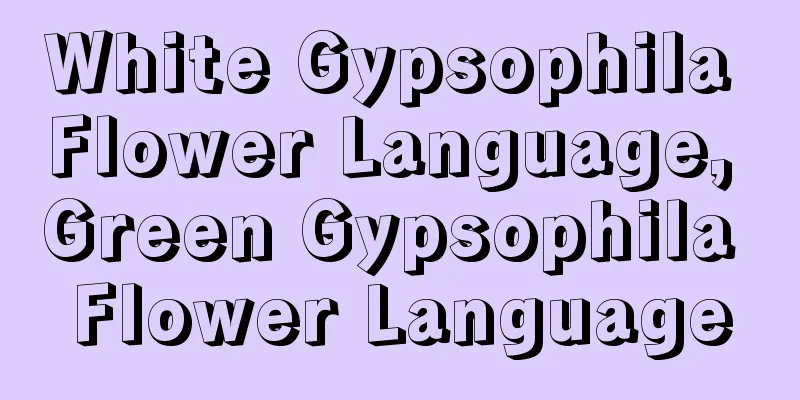Diseases and pests of globe amaranth and their control methods

Globe amaranth leaf spotsymptomWhen the disease occurs, nearly circular spots will appear on the leaves of the plant, with a diameter ranging from 2 to 7 mm. They are grayish white or grayish brown, with darker edges and a purple-brown halo. Irregular gray-brown spots may also appear on the leaf tips or edges. The spots gradually expand and the leaves may crack and fall off. Prevention and treatment methodsRemove spotted leaves immediately to avoid infecting other plants. Apply more phosphorus and potassium fertilizers, control the content of nitrogen fertilizers, and enhance the disease resistance of plants. Spray pesticides in time to control the disease in the early stage of the disease. You can consult the flower shop about spraying pesticides. Commonly used pesticides such as Huahushen and Carbendazim can be used. Once every 15 days, spray 2 to 3 times continuously. Globe amaranth damping-off diseasesymptomWhen the disease occurs, the stems and branches of the plant become soft and lean to one side, as if blown down by a strong wind. As the disease worsens, the stems and branches begin to rot, the leaves fall to the ground, and the plant slowly wilts and rots. Prevention and treatment methodsIn the early stage, the plant collapse is not serious and there is only slight lodging. Timely spraying of methyl thiophanate solution can alleviate the problem to a certain extent. If the stem of the plant has collapsed and started to rot, it cannot be saved unless the plant is pulled out in time. After pulling out, spray fungicides to avoid infecting other plants. Globe amaranth virus diseasesymptomIn the early stage, the main harm is to flowers and leaves. In severe cases, round necrotic spots appear, the leaves gradually turn yellow, and the flowers fall off, affecting the appearance. Viral diseases are mainly caused by infection of branches and leaves. Prevention and treatment methodsPrevent and control diseases and insect pests, and remove insects in time once they are found. Reduce plant wounds and avoid artificial wounds on the leaves during maintenance. Although our maintenance environment is said to be clean, it is actually full of bacteria. Prevent viruses from invading through the wounds. |
<<: Common diseases of Saxifraga and their control methods
>>: Common diseases and pests of tea and their control methods
Recommend
How to prune morning glory
How to prune morning glory Morning glory can be p...
Yellow peach planting conditions are suitable for the climate requirements of the planting area
Yellow peach introduction Yellow peach, also call...
How to divide the scattered bamboo into pots so that it can survive easily
When is the best time to divide the bamboo? Under...
How often should I water the Podocarpus chinensis?
How often should I water the Podocarpus chinensis...
What is the best month to plant strawberries? What is the best season to plant strawberries?
Which month is suitable for planting strawberries...
Things to note when growing zinnias
What to do if zinnia grows too tall When zinnia g...
How to propagate the fragrant vine and what to pay attention to
How to propagate the scented vine The main ways o...
What to do if you water azalea too much
Overwatering azaleas If the azaleas are overwater...
Cutting propagation method of blue snow flower
Cutting time The best time for propagation of blu...
How to repot Areca palm
Time to repot the Areca palm The Areca palm needs...
When should potassium dihydrogen phosphate be used to promote flowering of Jianlan (is it better to apply fertilizer on the leaves or water it)?
In fact, the main components of potassium dihydro...
How to propagate Jade Butterfly Succulent and how to make it bloom easily
1. How to propagate Jade Butterfly Succulent 1. L...
How to change the soil of golden diamond and what is the time and method of changing the soil and pot
When to change the soil for the gold diamond Gene...
What fertilizer is good for tea trees?
Overview of Tea Tree Fertilization The tea tree i...
Can laundry water be used to water flowers? How to water flowers with laundry water
Can laundry water be used to water flowers? Laund...









